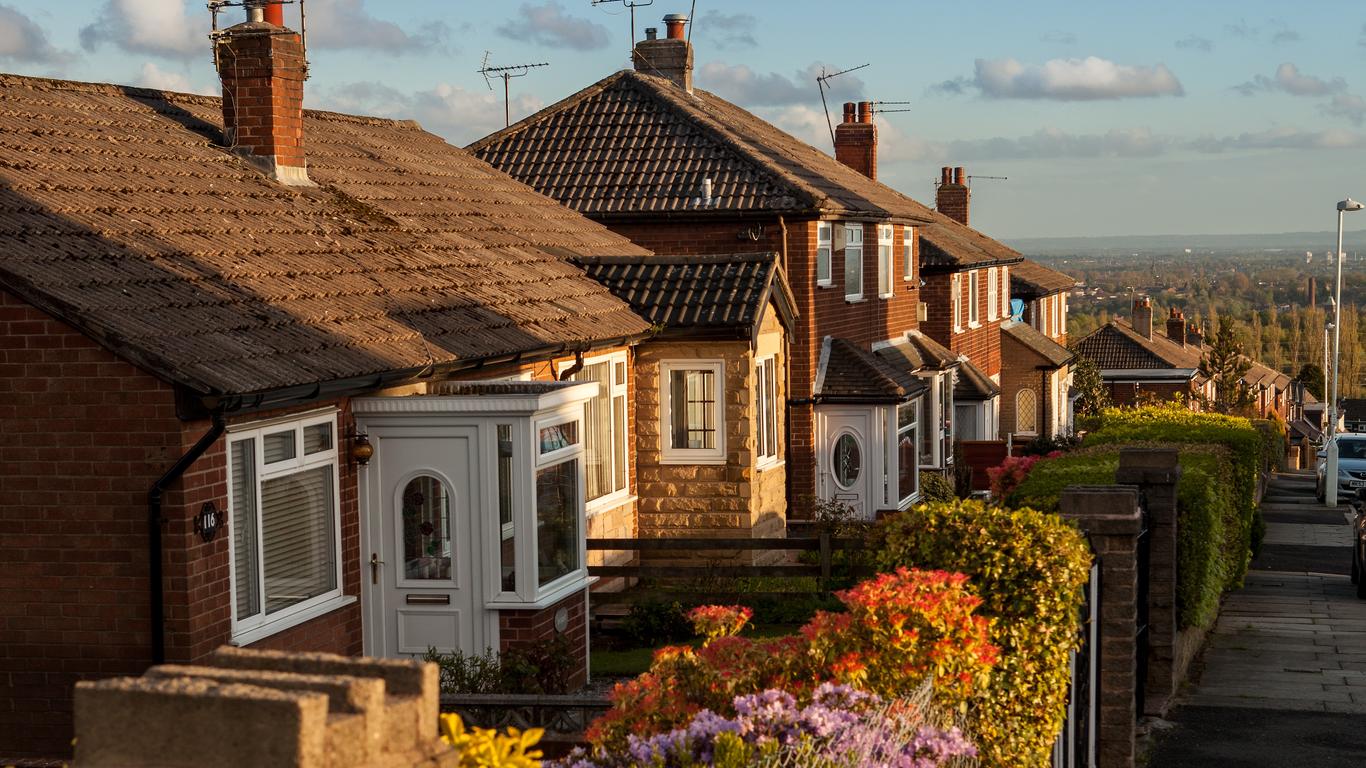Ashton-under-Lyne is a market town in Greater Manchester, England, located at the foot of the Pennines on the north bank of the River Tame. It is home to over 45,000 people and lies just 10 kilometres east of Manchester city centre. It has a long history dating back to the Stone Age, although its name comes from the Anglo-Saxon period, meaning the “settlement by ash trees”.
In the centre of Ashton, visitors can learn about the social and industrial history of the town at the Heritage Centre and Museum of the Portland Basin warehouse. The Town Hall is another exciting attraction, dating back to 1840, a Grade II listed site, and still held up by Corinthian columns at the entrance of the building. Ashton is home to five beautiful and celebrated parks, including Stamford Park, the oldest in the town with a boating lake and a conservatory, opened in 1873. In the evening, visitors can enjoy one of the regular performances that take place at Witchwood Public House, a local music venue that has entertained the people of Ashton since 1960.
The expansion of the Metrolink Tram service makes Ashton-under-Lyne well connected to other towns of Greater Manchester and its city centre. It takes approximately 40 minutes to reach Manchester city centre, through a direct route, and visitors can use the park and ride services offered at Ashton carparks. The nearest airport is also in Manchester, which visitors can reach within a thirty-minute drive.
Within Ashton-under-Lyne, there is evidence of Stone Age, Bronze Age, and Viking history, proving the town to be thousands of years old, although most of the centre today was still marsh and moorland. Since the booming cotton trade of 1769, Ashton developed into an important industrial centre, becoming an area of textile manufacturing in the period of the Industrial Revolution.





